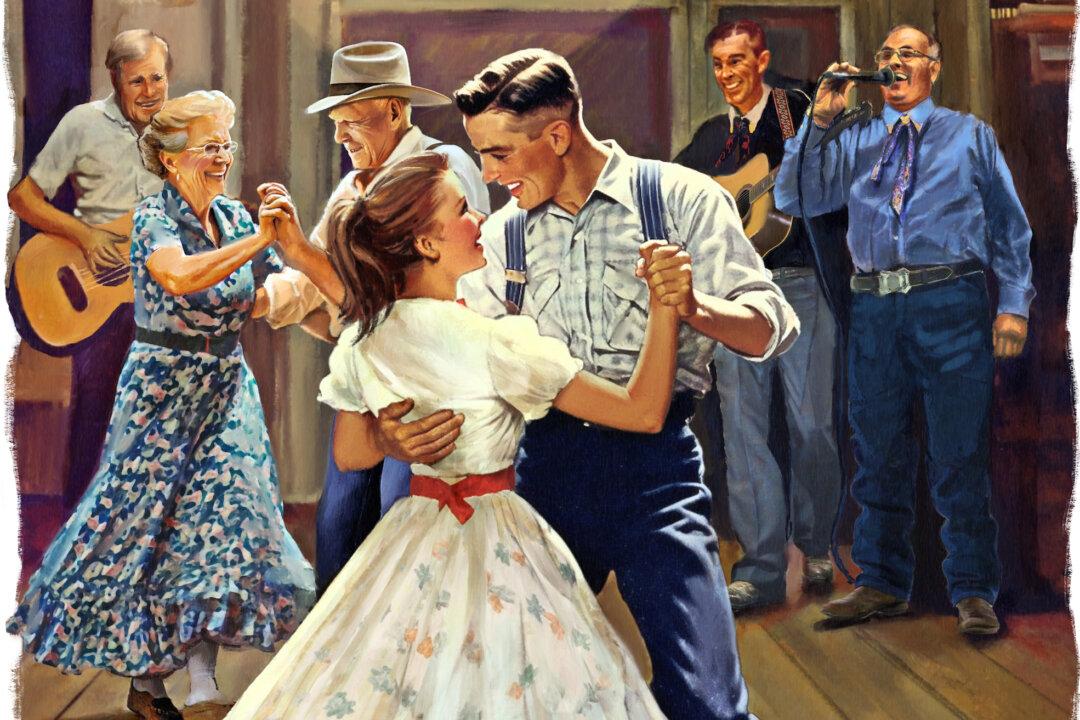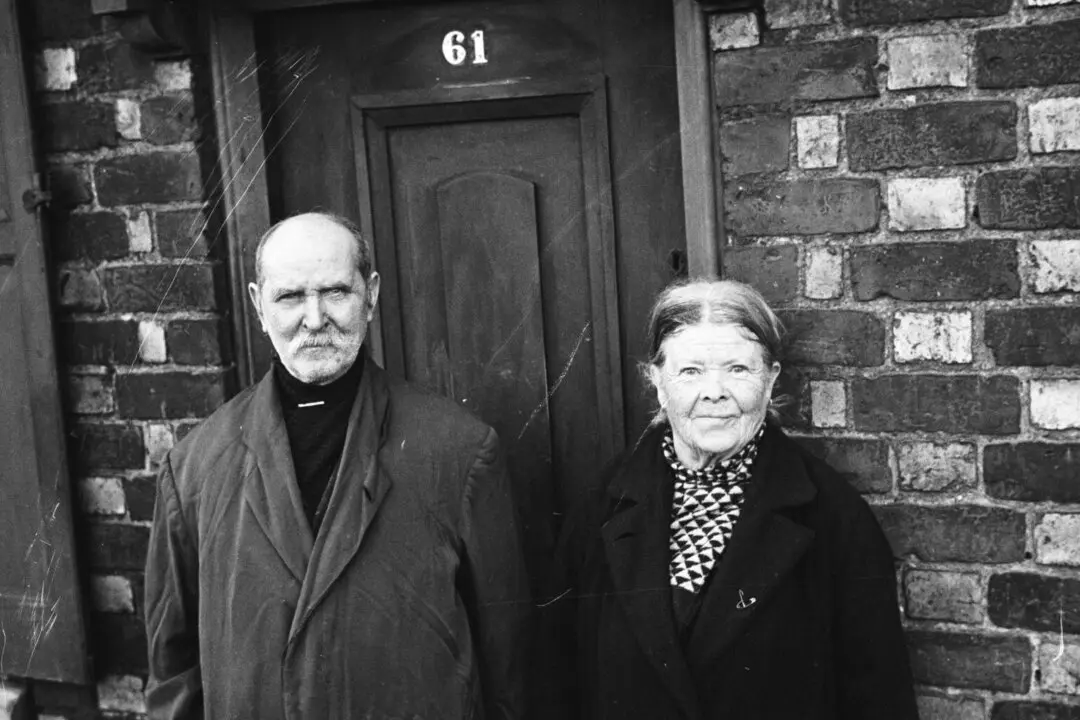The fiddler taps out the rhythm with his toes: 1, 2, 3, 4—
In a flash, the room surges to new life with the sweet scooping and soaring of fiddle strains, the deep resonating punctuation of the acoustic bass against the warm, golden background of guitar. The dancers wait in their square formations, still, expectant, smiling. The lights strung across the room twinkle, a miniature constellation of stars.






